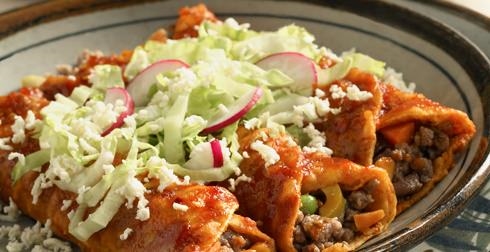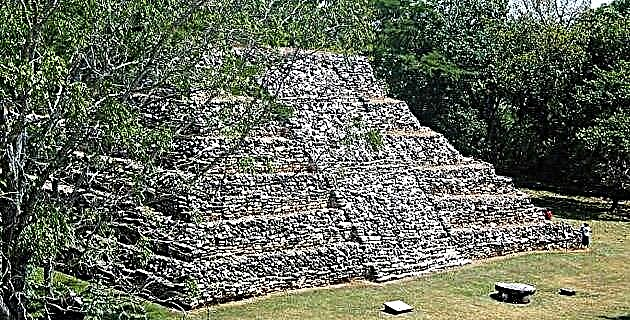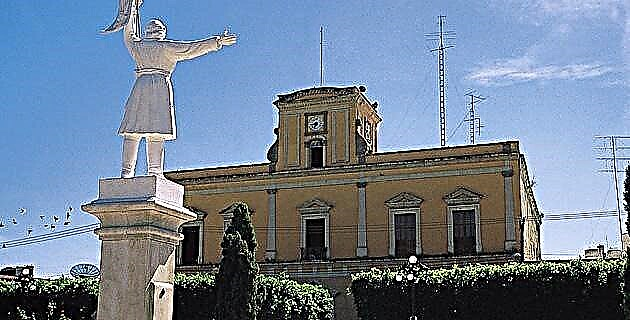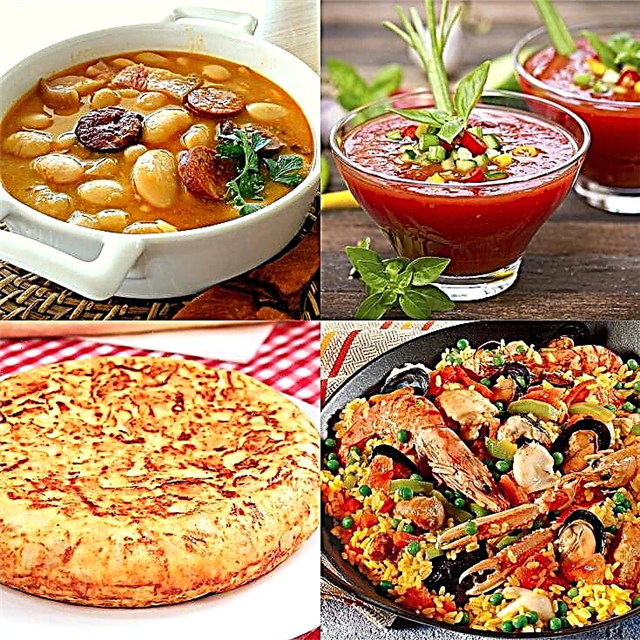Surrounded by the sea from the Mediterranean to the Bay of Biscay and with fertile and sunny lands in which splendid vegetables grow and magnificent animals are raised, Spain has one of the richest gastronomies in the world, which it bequeathed to Latin America. This is our selection of the 20 typical dishes from Spain.
1. Spanish omelette
Beating eggs and frying them is almost as old as birds and in Mexico, the Aztecs already prepared tortillas, as Hernán Cortés mentioned in one of his letters.
Probably, among one of those tortillas sold in the Tenochtitlán market was a sweet potato; However, the potato omelette has its birth certificate in Navarra, Spain, dated 1817.
There is no Spanish bar or restaurant that does not have already prepared or can immediately make a potato omelette.
- 20 Best Wines of Spain
2. Segovian suckling pig
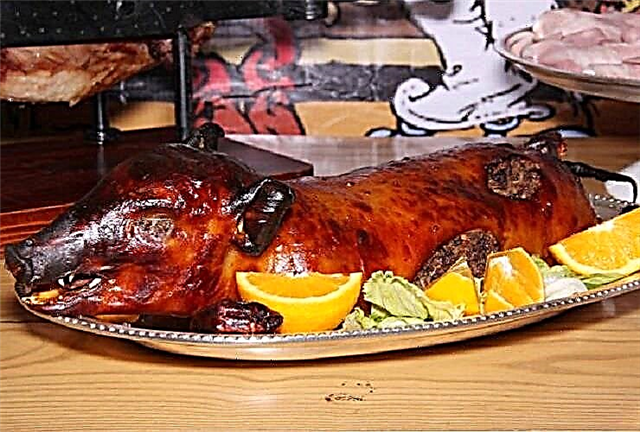
The Segovian suckling pig with a "guarantee mark" must come from a farm in the Spanish province of Segovia and have been raised in accordance with established practices, especially with regard to feeding the mothers.
The piece must weigh between 4.5 and 6.5 kg and is roasted whole in a wood oven. The Mesón de Cándido restaurant, opposite Segovia's Roman aqueduct, is legendary for its Segovian suckling pig.
3. Gazpacho
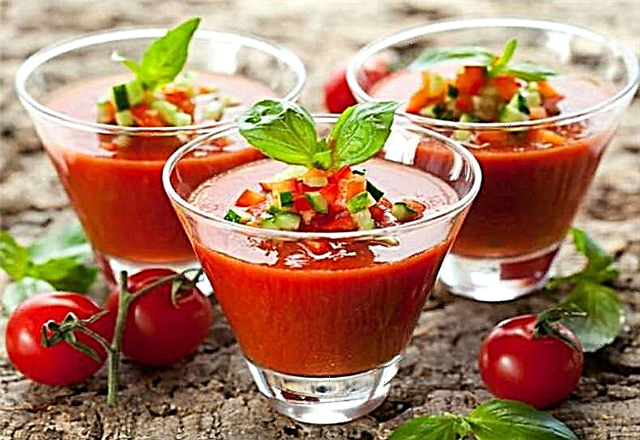
Gazpacho was invented by an Andalusian one day in a sweltering summer, but he had to wait for a traveler to the New World to return to Spain with the fruits and seeds of the unknown tomato.
The first documentary records of a gazpacho-like soup date back to the early seventeenth century.
Tomato is the ingredient that gives its characteristic reddish color to this cold soup that also contains cucumber, garlic, olive oil and bread.
- The 20 Best Beaches In Spain You Need To Know
4. Asturian bean stew
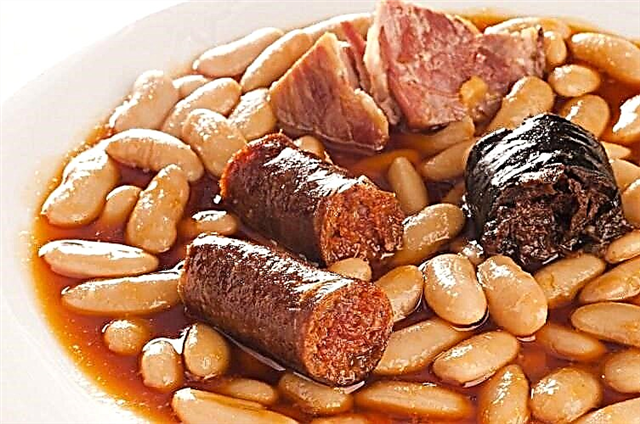
Faba is a variety of bean with a large, creamy white grain, which has been cultivated in Asturias since at least the 16th century.
The other local star of this stew is Asturian blood sausage, a dark colored sausage with smoky smells.
The fabada also has pork and chorizo and Asturians usually have lunch in winter with its strong stew to give the body ammunition.
5. Valencian paella
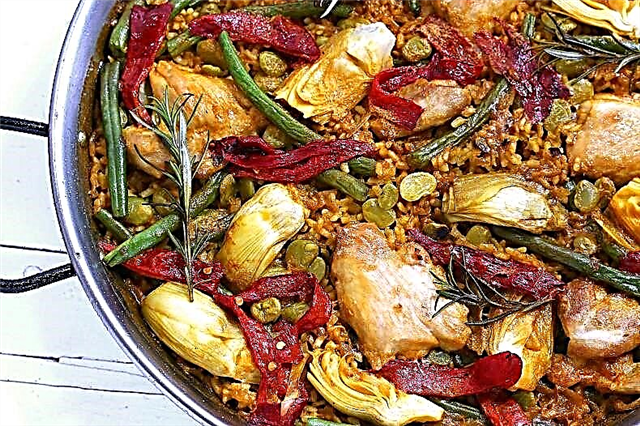
The first documented recipe for paella dates back to the 18th century, but it is certain that before, many people mixed rice with the meats and vegetables they had on hand to make a meal.
The Valencian farmers got used to making their rice dishes with rabbit, chicken, beans and other available ingredients, the authentic paella was born.
Now they are prepared with all kinds of meat, fish and shellfish and those made with seafood receive the most correct name of "arroz a la marinera"
- 15 Wonderful Landscapes In Spain That Seem Unreal
6. Squid in its ink
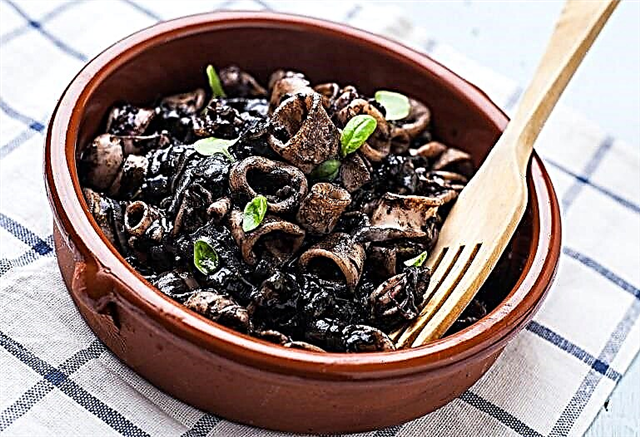
Squid expel their ink as a defensive weapon and at some point man discovered that he should not waste it, since it imparts an exquisite flavor to the flesh of the mollusk itself.
The previous cook was probably from Navarra, since this Spanish community has an ancient tradition of preparing squid in its ink, a delicious recipe in which the cephalopods are accompanied by garlic, onion, parsley, cayenne pepper and some wine .
7. Madrid stew
Although the Madrid winters are not very harsh, the Spanish citizens of the capital take Siberian precautions with their stew, which is an energy bomb.
In a complete stew, the lightest of the succulent stew are cabbage, chickpeas and egg, since the rest is a powerful protein symphony of gelatinous meat, chicken, chorizo, blood sausage, salty pork foot and ham. need shelter!
8. Cod Biscayne
The Basques of Vizcaya prepare a sauce called Vizcaína, which is the star component of this cod dish.
The popular sauce is made with chorizo peppers and onion as the main ingredients, although outside the Basque Country it is used with tomato. The salted cod is desalted in water and then fried or steamed.
- The 35 Most Beautiful Medieval Towns in Spain
9. Broken eggs
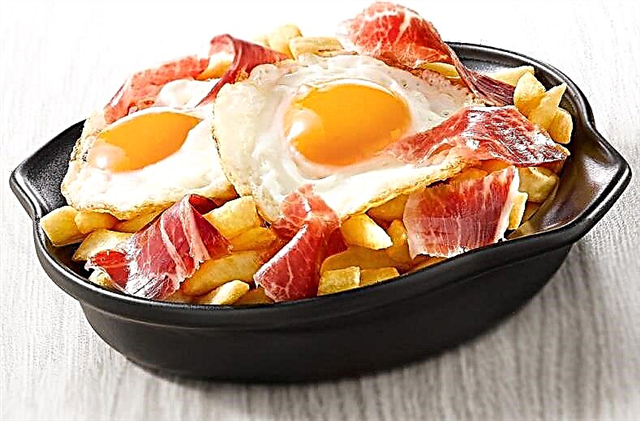
The fried or broken eggs are fried in plenty of olive oil and are accompanied by potatoes and a garnish of meat or sausage, such as serrano ham, chistorras, chorizo or sausages.
Some good broken eggs should be left with the liquid yolk, to poke around with the pieces of potatoes. They are taken as breakfast, although they can also be dinner.
10. Stuffed piquillo peppers
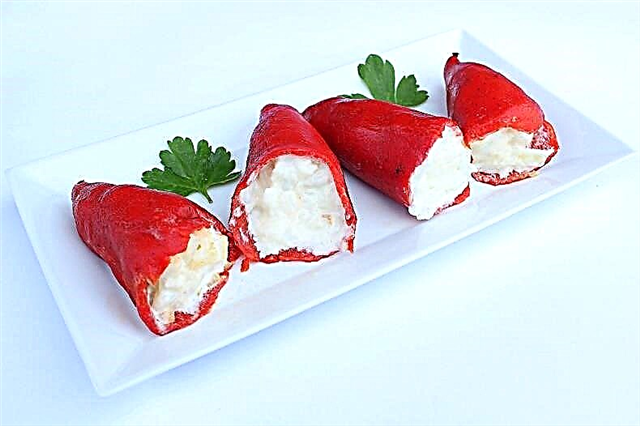
The pepper was probably the first vegetable to be Europe from the New World, since Columbus himself took her to Spain in 1493, on his return from the voyage of Discovery.
The piquillo pepper is triangular in shape and ripe with an attractive fiery red color. The one that occurs in Lodosa, Navarra, is protected with the denomination of origin "Piquillo de Lodosa"
They are very good to fill because of their firmness. The Spanish stuff them with cod, meat, blood sausage and other components, with which they make exquisite combinations.
11. Patatas bravas

The bravery in this recipe is not put by the pieces of fried potato but by the sauce with which they are bathed. Brava is the most widely used hot sauce in Spanish cuisine and is prepared with hot pepper, sweet pepper, tomato, and olive oil.
Patatas bravas are one of the most popular tapas in Spain and its main partner is an ice cold beer or a glass of wine.
12. Rabbit in salmorejo
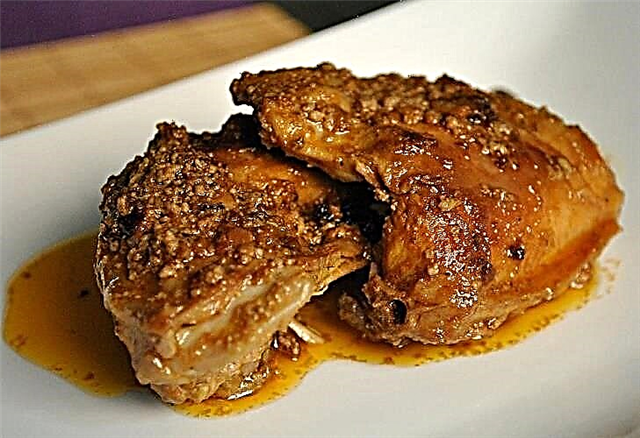
It is a famous Canarian dish, although there are not as many rabbits on the islands as when the inhabitants of Lanzarote began to apply the name of "conejeros"
Before cooking, the pieces of rabbit must be marinated for several hours in a "Canarian salmorejo", a sauce made from garlic, paprika and hot pepper. The canaries accompany the rabbit to the salmorejo with wrinkled potatoes, another classic of local cuisine.
13. Cooked maragato
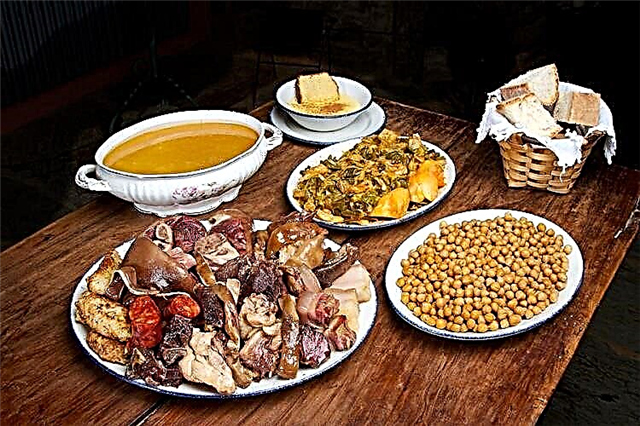
It was the complete meal that farmers used to take away to spend a long and hard day's work in the fields. It is currently a culinary institution in the province of León.
It has three components that are eaten in three stages: the ration, the chickpeas and the soup. Current rations have up to 12 types of meats, including pork, chicken, beef, and cold cuts.
Chickpeas are boiled and eaten dry, and the soup is a thick broth. The most curious thing is that the meat is eaten first and the soup last.
- The 10 Best Restaurants in San Miguel De Allende
14. Galician octopus

In this popular Galician and Spanish tapa, the octopus is boiled whole in a pot, preferably a copper one. After cooking, the piece is cut into slices with scissors and sprinkled with sweet or spicy paprika to eat.
If you want to enjoy the maximum festive expression of this Galician delicacy, you should go to the Carballiño Octopus Festival, in Orense, which is celebrated on the second Sunday in August, consuming more than 50 thousand kilos of Galician octopus.
15. Galician pie
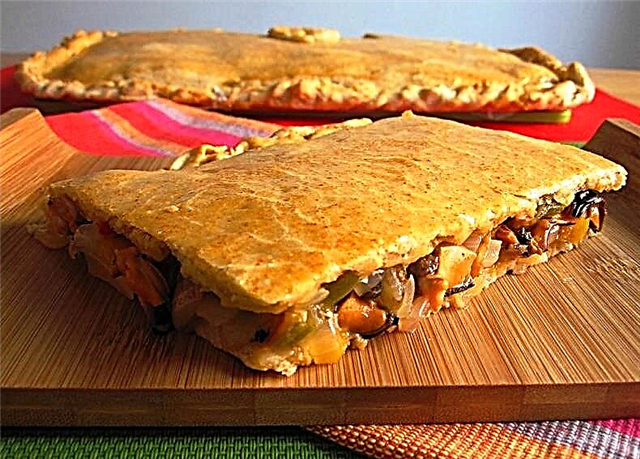
It is another classic of Galician cuisine that has become popular all over the world. The dough is generally made of wheat flour, although in some areas, such as the Rías Bajas, they also use corn flour.
The filling is a stew of meat, fish or seafood. The most used meat is a pork mince, although it can be rabbit and poultry.
The most common fish are tuna and cod, while the most popular seafood filling is zamburiña, a mollusk similar to the viera.
- The 20 Best Restaurants In Tijuana Of 2017
16. Fried anchovies
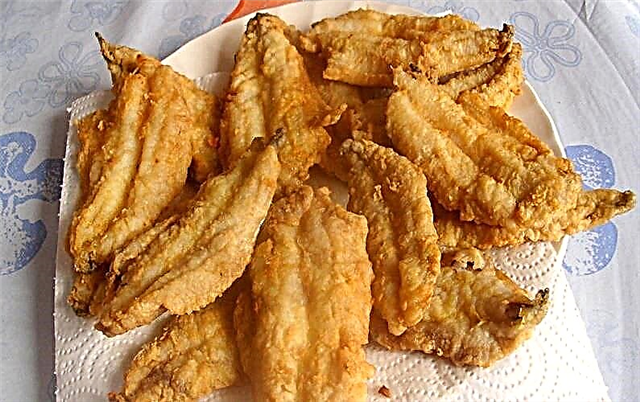
In some Spanish bars, behind the half-round beer is a free serving of fried anchovies with a lemon wedge.
If you want to make them at home, you must remove the head and the viscera, coat them with wheat flour and fry them in enough olive oil.Tasty and simple!
17. Scaled
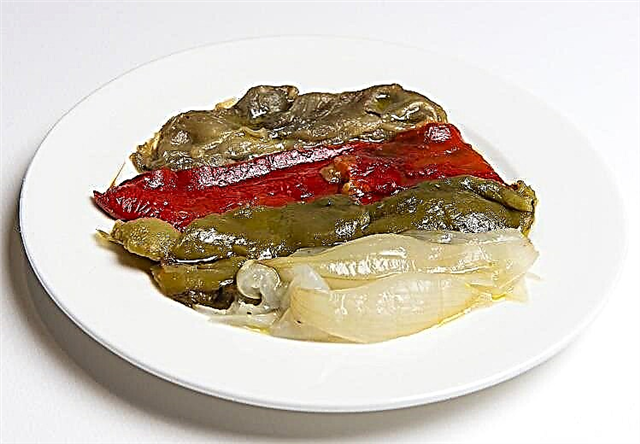
The escalibada is a vegetable roast that originated in rural Catalonia and is also very popular in Valencia, Murcia and Aragon.
Vegetables, such as eggplants, peppers, tomatoes, and onions, are first roasted and allowed to cool. They are then cleaned, cut into strips and seasoned with salt and olive oil. It is a dish that is eaten cold, especially in summer.
- Top 10 Restaurants in Polanco, Mexico City
18. Chistorras
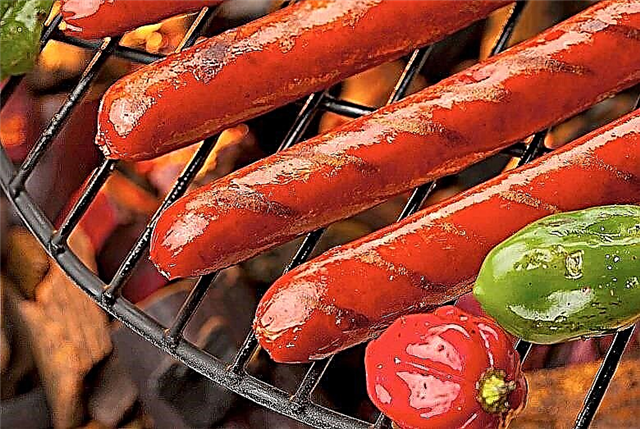
These sausages are another classic of Spanish taverns, permeating the environment with their aroma. They are prepared with pork, garlic and red paprika, which gives them their characteristic color.
Chistorras are of Basque origin and are eaten fried or roasted, alone, with bread, with eggs and as an accompaniment to other dishes. In Spain there are other versions made with a part of beef.
19. Galician broth
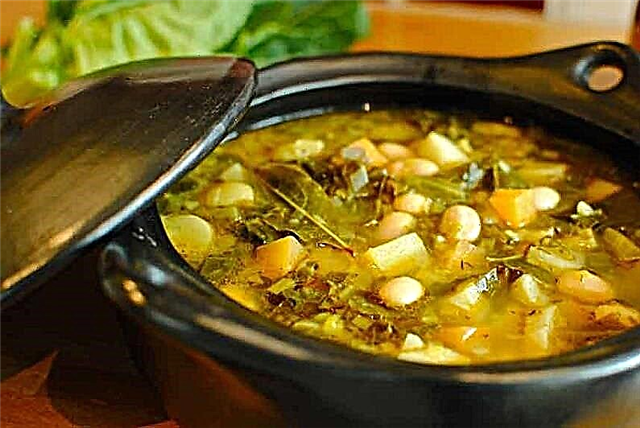
This broth is the most frequent food in the Galician territory of the Camino de Santiago. It is basically a set of vegetables that the Galician farmers used to eat hot in winter.
The main components are turnip sprouts called turnip greens, cabbage and potatoes, with a little pork fat to give body to the preparation. Other additives of animal origin can be bacon, chorizo or pork shoulder.
- Top 10 Restaurants in La Condesa, Mexico City
20. Churros with chocolate
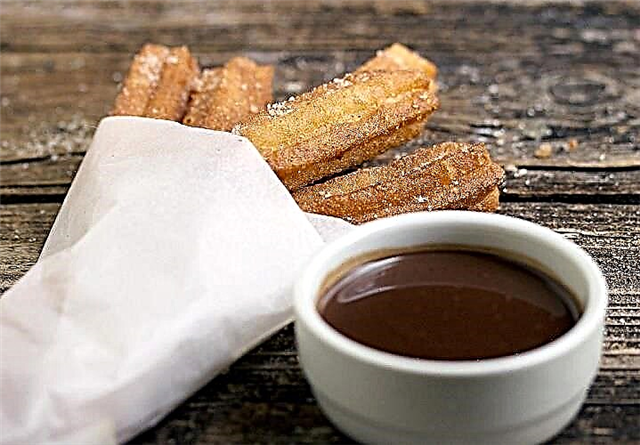
We always like to close with something sweet and there are few people who do not like good churros with a chocolate dark and thick.
They began as a dish for breakfast or snack time and are currently consumed at any time in shopping centers and churrerías.
Our walk through the 20 most representative dishes of Spanish gastronomy comes to an end, but not before asking you to share with us what you like the most about the culinary art of Spain.It is probably something delicious that we overlook!
Find more places to try exquisite dishes on your next trip !:
- Top 10 Restaurants in Puerto Vallarta
- The 12 Best Restaurants In Valle De Guadalupe
- The 10 Best Restaurants In Coyoacán




